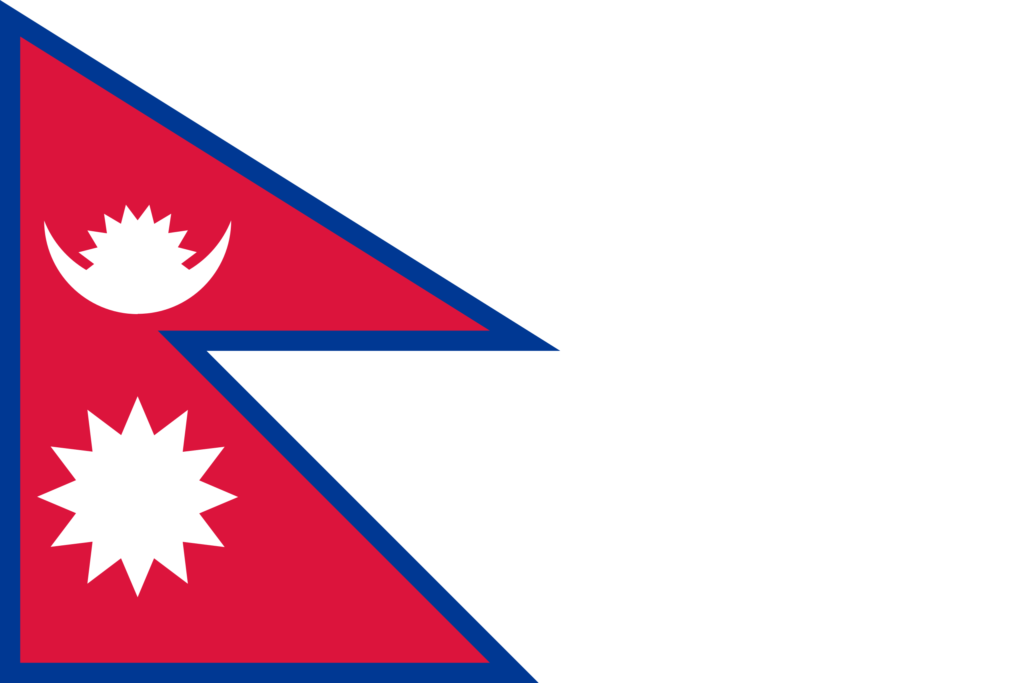Nepal, a country renowned for its breathtaking landscapes and rich cultural heritage, faces significant challenges when it comes to water quality. With its rapidly growing population, urbanization, and industrial activities, water pollution has become a pressing concern. The contamination of water sources in Nepal has led to a rise in various health issues, particularly diseases caused by water pollution. These diseases have a profound impact on public health, often leading to widespread outbreaks and chronic health problems, especially in rural and underserved communities.
Overview of Water Pollution in Nepal
Water pollution in Nepal stems from various sources, each contributing to the degradation of water quality across the country. One of the primary sources of water pollution is industrial waste. Factories and industries, especially those involved in textiles, chemicals, and paper, often discharge untreated waste directly into rivers and lakes. This practice introduces harmful chemicals, heavy metals, and other pollutants into the water, posing severe risks to both human health and aquatic ecosystems. Agricultural runoff is another significant contributor to water pollution in Nepal. The extensive use of pesticides, herbicides, and chemical fertilizers in farming has led to the contamination of surface and groundwater.
Untreated sewage is a pervasive problem in Nepal, particularly in urban areas. Many regions lack proper sewage treatment facilities, resulting in the direct discharge of human waste into rivers and streams. This practice leads to the proliferation of pathogens, including bacteria, viruses, and parasites, which are responsible for numerous waterborne diseases. The quality of drinking water, especially in densely populated cities, is severely compromised, putting millions at risk of contracting diseases caused by water pollution.
Diseases Caused by Water Pollution
The prevalence of diseases caused by water pollution in Nepal is alarmingly high. Some of these diseases are listed below:
- Cholera is an acute diarrheal illness caused by the bacterium Vibrio cholera. It spreads rapidly in areas with inadequate water treatment, leading to severe dehydration and, if untreated, death.
- Diarrhea is one of the leading causes of morbidity and mortality among children in Nepal. It is primarily caused by the ingestion of water contaminated with pathogens such as Escherichia coli, rotavirus, and other bacteria.
- Typhoid fever is caused by the bacterium Salmonella typhi and is transmitted through the ingestion of contaminated water or food. Symptoms include prolonged fever, weakness, and abdominal pain.
- Dysentery is an infection of the intestines resulting in severe diarrhea with blood. It is caused by bacteria or parasites, most commonly Shigella or Entamoeba histolytica.
- Hepatitis A is a viral infection that affects the liver and is transmitted through the consumption of food or water contaminated with the hepatitis A virus. The virus is highly contagious, and in areas with poor water quality, outbreaks can occur rapidly.
Understanding the Percentage of Disease Caused by Water Pollution
The percentage of disease caused by water pollution in Nepal is a critical metric for understanding the severity of the issue. According to various studies and reports, waterborne diseases account for a significant portion of the total disease burden in the country. It is estimated that over 70% of all diseases in Nepal are related to water pollution, with waterborne diseases being the leading cause of illness and death, particularly among children under five years old.
This percentage of disease caused by water pollution highlights the urgent need for improved water management and sanitation practices. When compared to global statistics, the situation in Nepal is particularly dire.
Role of Ion Exchange in Combating Water Pollution in Nepal
Ion Exchange, a leader in water treatment solutions, has been instrumental in combating water pollution in Nepal. By providing advanced water treatment technologies and systems, Ion Exchange helps to improve water quality and reduce the prevalence of diseases caused by water pollution. Their solutions include innovative water purification systems that remove contaminants from drinking water, making it safe for consumption.
-
INDION LAMPAK
INDION Lampak, developed by Ion Exchange, is a compact, modular unit designed to meet the drinking water needs of communities and industrial applications. It integrates a pump, static mixer, flocculator, lamella clarifier, gravity sand filter, and chemical dosing systems to produce disinfected water with less than 5 mg/l TSS from feed water containing up to 500 mg/l TSS. INDION Lampak is easy to operate, requires minimal maintenance, and can be powered by a diesel generator or renewable energy, making it ideal for areas without electricity. Its lightweight, corrosion-resistant materials and space-efficient design ensure easy transport, operation, and maintenance.
-
INDION NEW GENERATION IRON REMOVAL FILTER (NGIRF)
It effectively removes dissolved iron from feed water, which is commonly present as ferrous bicarbonate in groundwater. This advanced filter uses a catalytic oxidation process, eliminating the need for chemicals and ensuring that the treated water contains less than 0.3 ppm of iron. Designed for convenience, the NGIRF features a corrosion-resistant construction with a Fiber Reinforced Plastic (FRP) pressure vessel and PVC pipes. It is pre-assembled, tested, and equipped with user-friendly valves, making it a reliable and easy-to-operate solution for treating water with high iron content.
-
INDION Water Potability Test Kit
The INDION Water Potability Test Kit is a comprehensive tool designed to measure the eight crucial chemical parameters of drinking water as specified by the Bureau of Indian Standards. This user-friendly kit provides accurate and quick results for pH, total hardness, alkalinity, chloride, fluoride, chlorine, iron, and nitrate. Ideal for use by semi-skilled individuals, it offers an affordable solution for ensuring safe drinking water.
-
INDION Packaged Sewage Treatment Plants
Decentralized sewage treatment solutions, like the INDION, Packaged Sewage Treatment Plants, are designed as compact, single-tank units that generate low sludge volumes and require minimal electricity, making them highly cost-effective. These systems are available in capacities ranging from 10 to 100 m³/d, and for larger needs, advanced options using Fluidized Media Reactor (FMR), Moving Bed Biofilm Reactor (MBBR), and Membrane Bio-Reactor (MBR) processes are offered to handle higher flow rates efficiently.
Conclusion
In conclusion, water pollution remains one of the most pressing public health challenges in Nepal, with a significant percentage of diseases caused by water pollution affecting communities across the country. By addressing the root causes of water pollution and implementing effective water treatment solutions, we can drastically reduce the percentage of disease caused by water pollution and improve overall public health.


